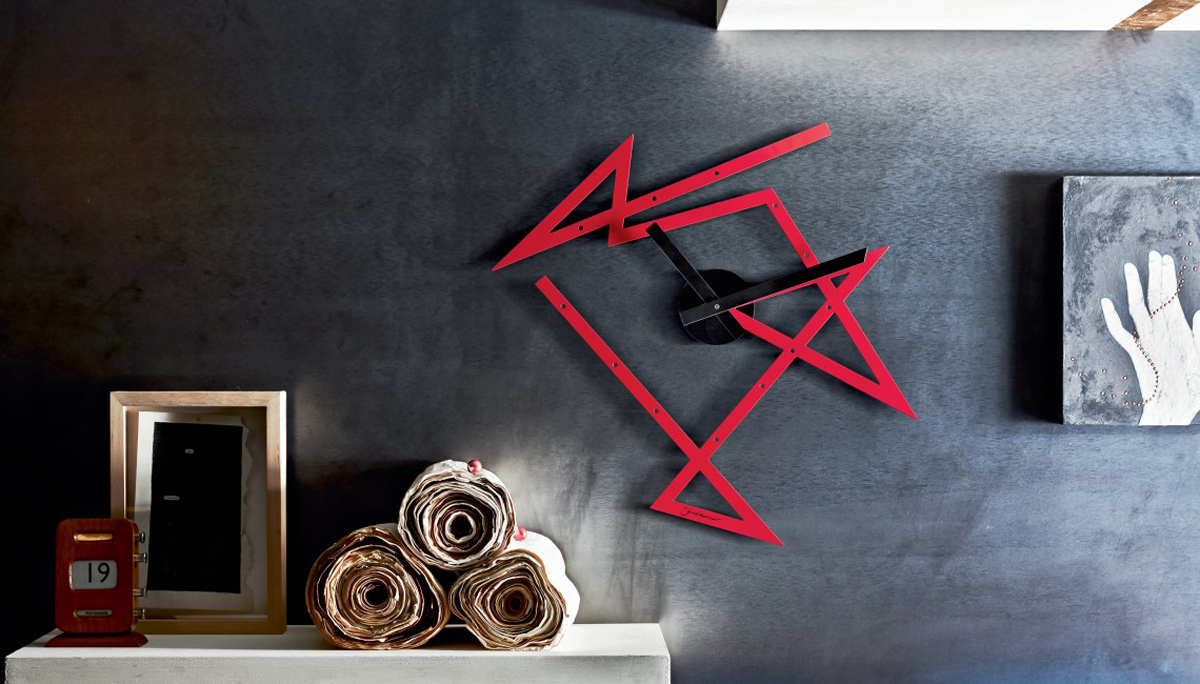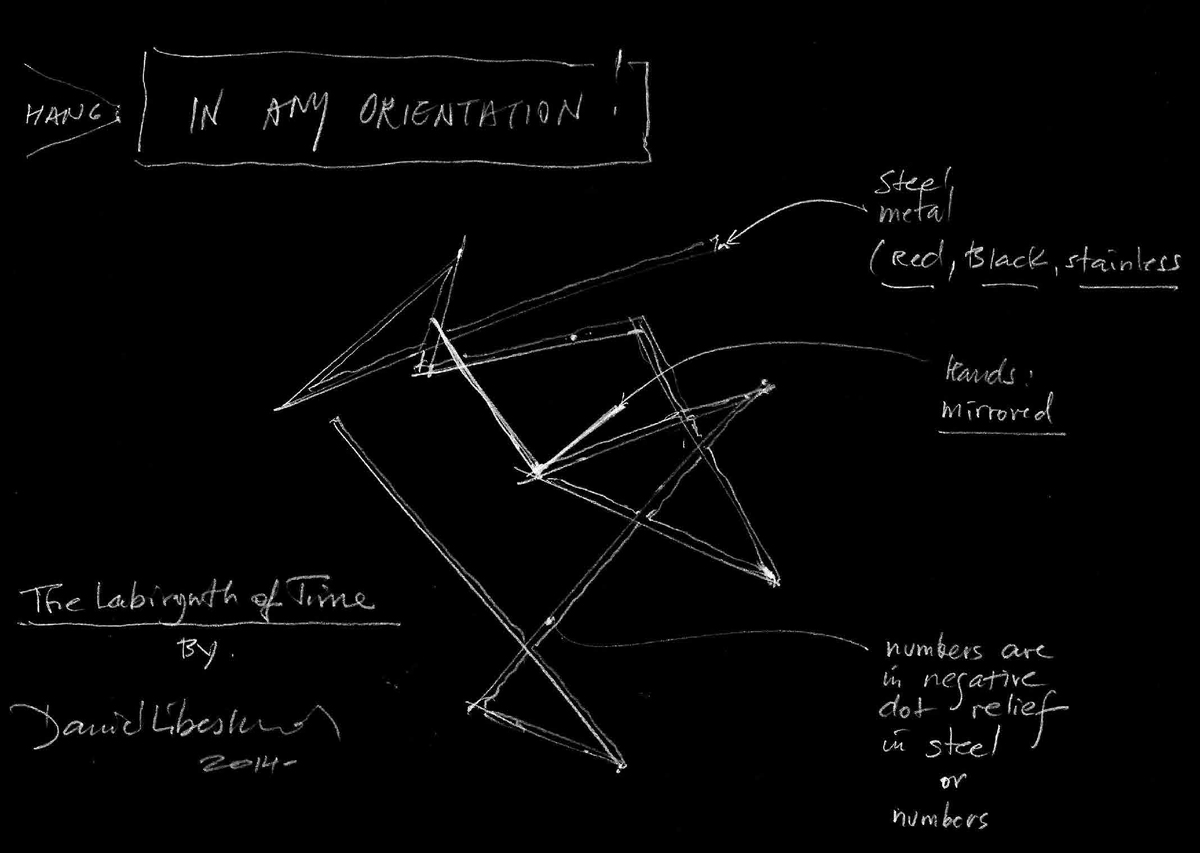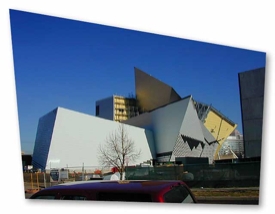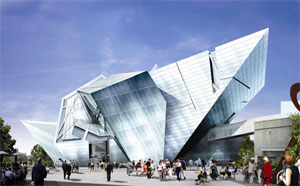Daniel Libeskind + Alessi’s Time Maze Wall Clock
The architect reflects on the esoteric concept of time


Undoubtedly a huge name in architecture and design, Polish-American Daniel Libeskind is responsible for designing Berlin’s Jewish Museum and NYC’s World Trade Center—among so much more. One of his most recent and (as always) striking creations is “Time Maze,” made in collaboration with iconic Italian design brand, Alessi. We spoke with Libeskind (who also works as a professor and set designer) about the clock’s bold design and the value of time.

While designing the sharp, abstract “Time Maze” clock seems a world away from a 104-story building, Libeskind tells us the problem solving and creative process is actually almost identical. “I think it’s exactly the same,” he says. “You have to have a revelatory idea, something has to strike you. Then you work on it, refine it, work on the geometry and the technology, but it was the kind of same thing.

For the clock, Libeskind eschews the traditional circular clock-face—a design that has reigned for hundreds of years. Rather, he has opted for a more complicated and obscure shape which reflects the esoteric concept of time itself. The designer tells us, “This is neither linear clock or a circular clock, it’s a labyrinth. It’s a maze. I discovered the word ‘amazing’ basically has the word ‘maze’ in it. That’s what it is—to be amazed is to be in the maze. You can tell time easily in any device, but I think to have an emblem that really makes you think about something, and have something beautiful for the wall instead of just a circle.” Not only does design actually make the time slightly difficult to read (as he says, making one think a little longer, rather than just glancing at the time) thanks to its discontinuous lines, it also reflects Libeskind’s bold architectural style.
Libeskind believes that time is the ultimate luxury, and spending time relaxing rather than racing around or worrying about “wasting” time is of utmost importance. “I guess when they first put the clock on the Gothic cathedral in 15th century, it was more to force people to know when to go to church, but now it’s a different idea,” he says. “So I like the maze—I think is a good geometry for it. I chose red because it’s like a stop sign. Stop, don’t run.”
On the production of the clock, Libeskind tells us he worked closely with Alessi—Alberto Alessi in particular—and was wholly satisfied with the outcome, despite it being a difficult design to bring to life. “This is metal, it’s metallic, and it’s not easy to produce such a perfect line that seems to intersect but is completely perfect in its angles, in its geometries, and I think it’s very beautifully made in terms of its thickness, elegance. It’s a very elegant thing. It’s very puristic in the way the line works, as a line should work. And of course, Alessi is a great company with details, the details of small objects. It’s one thing to have an idea of the clock; another is to produce one that really works, that’s got to be beautiful.” As for collaborating, he says, “I think it’s important to say that Alberto is a very special person. He’s not one of those people that just produces things to make quick money. Of course, profit is important, but it’s the idea of design that is part of the incredible company which everybody loves. Anywhere in the world, Alessi is the gold standard. It’s incredible, it’s an encyclopedia of design.”
The Daniel Libeskind + Alessi “Time Maze” wall clock is available from several brick-and-mortar retailers as well as online for $220.
Images courtesy of Alessi












